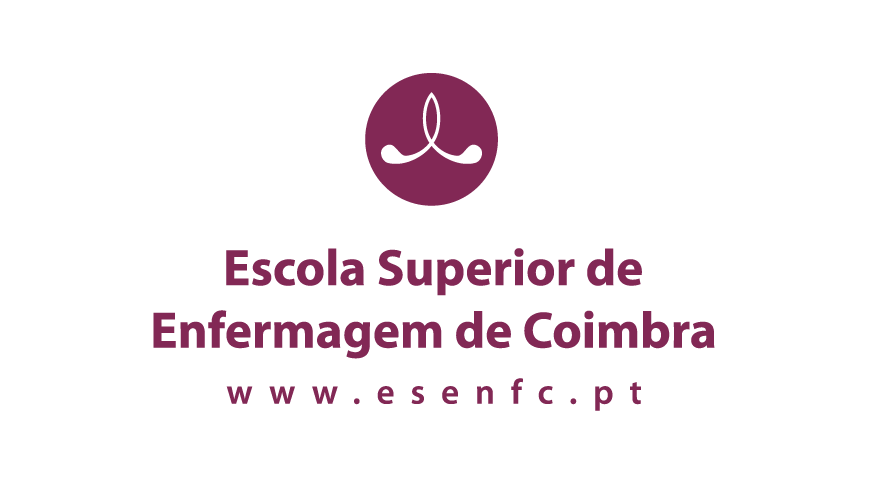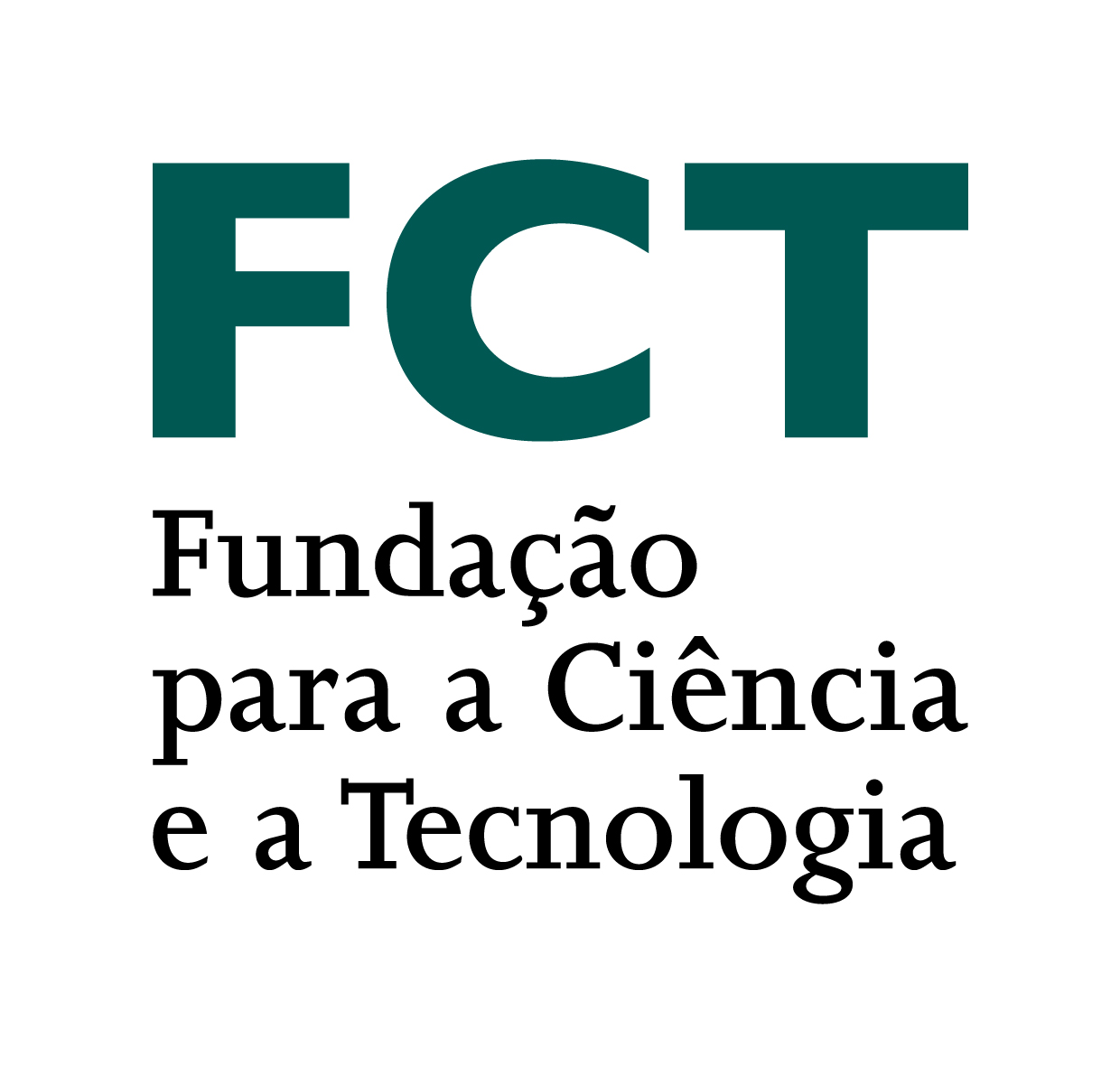ATENÇÃO
Comunicamos que esta página da revista não se encontra atualizada.
Decorrente da transição da Revista de Enfermagem Referência para a plataforma OJS (Open Journal Systems) a submissão de artigos, desde o dia 01 de janeiro de 2023, será realizada exclusivamente através da seguinte página: https://revistas.rcaap.pt/referencia, onde poderá encontrar todas as políticas editoriais, e ainda as instruções aos autores e os respetivos templates para processo de submissão.
|
Resumo
Enquadramento: A amplificação da informação permitida pelas tecnologias atuais influencia a forma como as pessoas pesquisam a informação determinando novas necessidades de triagem. Objetivos: Avaliar o impacto de um instrumento vídeo, em português, sobre técnicas de autocuidado e reabilitação motora em pessoas com lesão medular (LM) quanto a ganhos em habilidades motoras observáveis e ganhos em conhecimentos imediatos. Metodologia: Realizou-se um estudo quasi-experimental de avaliação de impacto dos vídeos em ganhos de habilidades motoras e aquisição imediata de conhecimentos. Resultados: Observou-se que o grupo de intervenção obteve ganhos de habilidades motoras muito significativos (pós-teste) em 3 dos vídeos estudados. Verificaram-se ganhos moderadamente significativos de desempenho com 1 dos vídeos e melhoria ligeira do desempenho com outro vídeo. Encontrámos ganhos de conhecimentos imediatos em todas as técnicas do grupo de intervenção comparando os 2 momentos de avaliação. Conclusão: A intervenção em estudo teve um impacto positivo no grupo de intervenção quer no aumento das habilidades de execução de técnicas quer no aumento dos conhecimentos imediatos sobre as mesmas. Palavras-chave filmes e vídeos educativos; reabilitação; traumatismos da medula espinal; autocuidado; destreza motora
Armstrong, A. W., Idriss, N. Z., & Kin, R. H. (2011). Effects of video-based, online education on behavioral and knowledge outcomes in sunscreen use: A randomized controlled trial. Patient Education & Counselling, 83(2), 273-277. doi: 10.1016/j.pec.2010.04.033
Bandura, A. (1997). Self-efficacy and health behaviour. In A. Baum, S. Newman, J. Wienman, R. West & C. McManus (Eds.). Cambridge handbook of psychology, health and medicine (2nd ed., pp. 191-193). Cambridge, United Kingdom: Cambridge University Press. Cardoso, F. M., Queirós, P. J., & Margato, C. A. (2006). Técnicas de reabilitação I (4ª ed.). Coimbra, Portugal: Formasau. Cho, N., & Chambers, R. (2014). The potential of video in patient education post skin biopsies. University of Ottawa Journal of Medicine, 4(2), 32-35. doi: 10.18192/uojm.v4i2.1161 Drainoni, M.-L., Houlihan, B., Williams S., Vedrani, M., Esch, D., Lee-Houd, E., & Weiner, S. (2004). Patterns of internet use by persons with spinal cord injuries and relationship to health-related quality of life. Archives of Physical Medicine and Rehabilitation, 85(11), 1872-1879. doi: 10.1016/j.apmr.2004.07.350 Dyson, P. A., Beatty, S., & Matthews, D. R. (2010). An assessment of lifestyle video education for people newly diagnosed with type 2 diabetes. Journal of Human Nutrition and Dietetics, 23(4), 353-359. doi: 10.1111/j.1365-277X.2010.01077.x Fedyshin, M. K., Burda, M. L., Epstein, B. A., & Lawrence, B. (2005). Collaborating to enhance patient education and recovery. Journal of the Medical Library Association, 93(4), 440–445. Recuperado de http://www.ncbi.nlm.nih.gov/pmc/articles/PMC1250319/pdf/i0025-7338-093-04-0440.pdf Gagliano, M. E. (1988). A literature review on the efficacy of video in patient education. Journal of Medical Education, 63(10), 785-792. doi: 10.1097/00001888-198810000-00006 Groote, M., Bickenbach, J., & Gutenbrunner, C. (2011). The World Report on Disability: Implications, perspectives and opportunities for physical and rehabilitation medicine. Journal of Rehabilitation Medicine, 43(10), 869–875. doi: 10.2340/16501977-0872 Heinemann, A. W., Steeves, J. D., Boninger, M., Groah, S., & Sherwood, A. M. (2012). State of the science in spinal cord injury rehabitlitation: Informing a new research agenda. Spinal Cord, 50(5), 390-397. doi: 10.1038/sc.2012.12 Henriques, F. M., Cruz, A. G., Afonso, J. A., Ferreira, M. B., Costa, M. C., & Coimbra, M. M. (2007). Técnicas de Reabilitação II (2ª ed.). Coimbra, Portugal: Formasau. Hoeman, S. P. (1990). Rehabilitation: Restorative care in the community (4th ed.). St. Louis, MO: Mosby Company. Kinnane, N., Stuart, E., Thompson, L., Evans, K., & Schneider-Kolsky, M. (2008). Evaluation of the addition of video-based education for patients receiving standard pre-chemotherapy education. European Journal of Cancer Care, 17(4), 328-339. doi: 10.1111/j.1365-2354.2007.00846.x Mahabee-Gittens, E., Vaughn, L., & Gordon, J. (2010). Youth and their parents’ views on the acceptability and design of a video-based tobacco prevention intervention. Journal of Child & Adolescent Substance Abuse, 19(5), 391-405. doi: 10.1080/1067828X.2010.515878 Occa, A., & Sugs, S. (2016). Communicating breast cancer screening with young women: An experimental test of didactic and narrative messages using video and infographics. Journal of Health Communication: International Perspectives, 21(1), 1-11. doi: 10.1080/10810730.2015.1018611 Ribeiro, J. L. (2007). Metodologia de investigação em psicologia e saúde. Porto, Portugal: Legis Editora. Ruthman, J. L., & Ferrans, C. E. (2004). Efficacy of a video for teaching patients about prostate cancer screening and treatment. American Journal of Health Promotion, 18(4), 292-295. doi 10.4278/0890-1171-18.4.292 Shah, R., & Velez, L. (2014). Effectiveness of software-based patient education on inhaler technique: A clinical study. European Respiratory Journal, 44(Suppl. 58). Recuperado de http://use-inhalers.com/sites/default/files/publicationpdf/Clinical_Study.pdf Walker, M. S., & Podbilewicz-Schuller, Y. (2005). Video preparation for breast cancer treatment planning: Results of a randomized clinical trial. Psycho-oncology, 14(5), 408-420. doi: 10.1002/pon.858 Zaffagnini, S., Russo, R. L., Muccioli, G. M., & Marcacci, M. A. (2013). The VideoInsight® method: Improving rehabilitation following anterior cruciate ligament reconstruction: A preliminary study. Knee Surgery, Sports Traumatology, Arthroscopy, 21(4), 851-858. doi: 10.1007/s00167-013-2392-4
| ||||||||||||||||||||||||||||




















